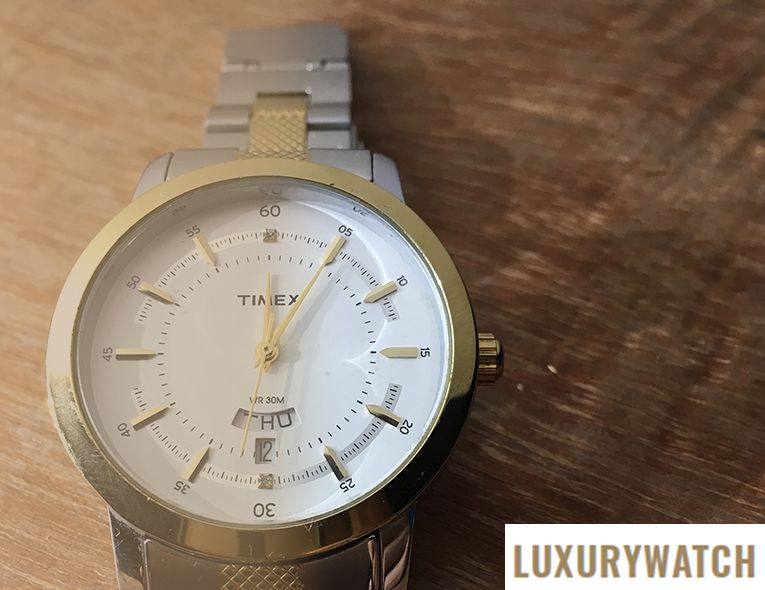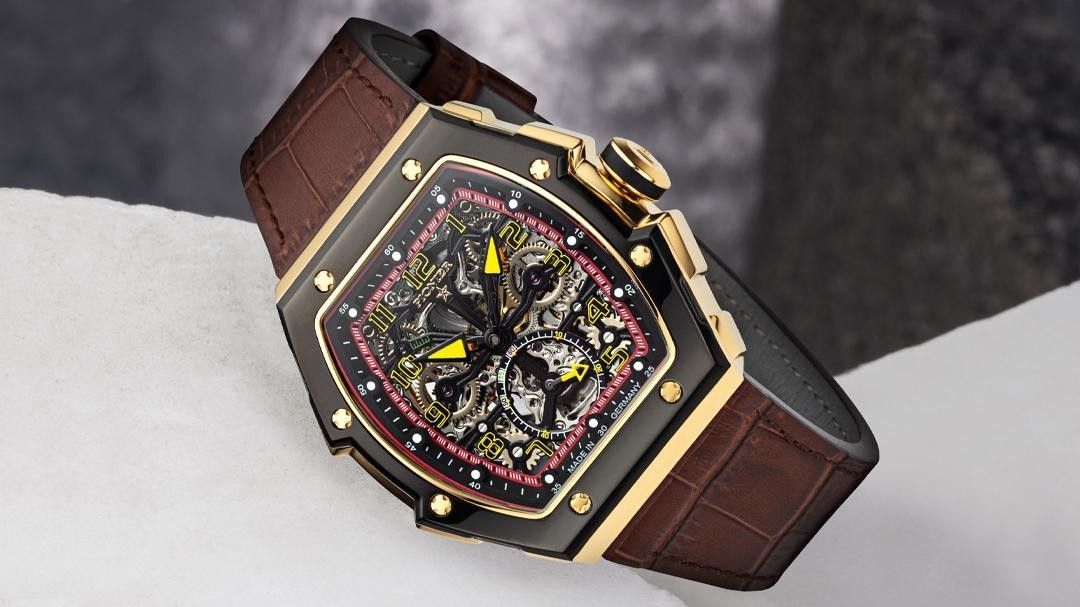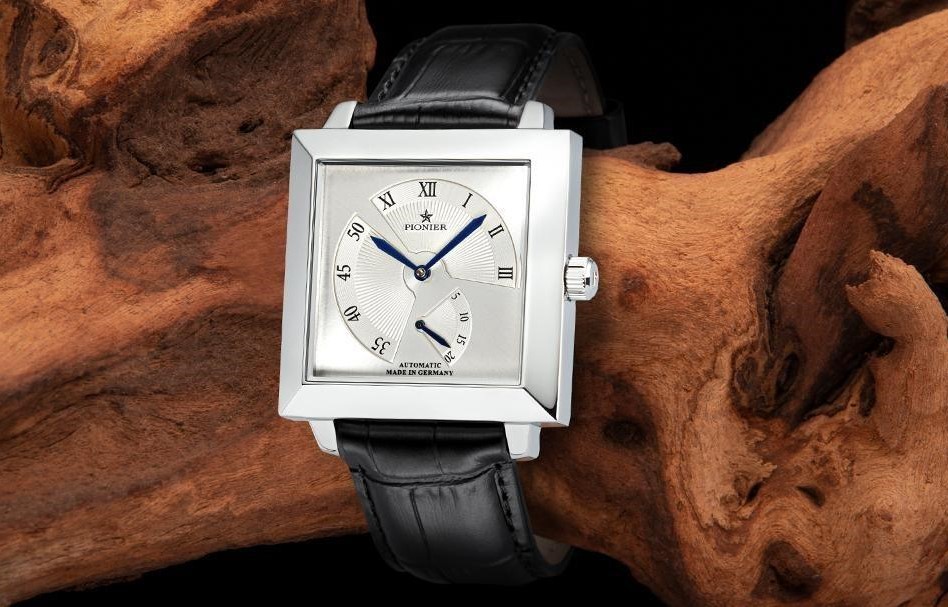
Why Do Americans Love Timex Watches?
Timex has been a part of American culture for nearly 165 years. It was the first homegrown manufacturer to create affordable pocket watches for the masses and in the 20th century, wristwatches. The brand’s products held true to its famous slogan, “It takes a licking and keeps on ticking” by making durable and affordable watches. Though many Timex watches are made outside the United States, the company has recently launched a new collectors’ edition called “American Documents” that is built entirely in the USA. Here are a few reasons why Timex watches have stood the test of time and are still popular.
Tough and durable:
The most popular feature of Timex watches that has helped it survive competition is their ability to survive washing machines, water skiers, paint mixers, and even jackhammers. This endurance of Timex watches was emphasized by a series of celebrity endorsements that put them through torture tests. When working Americans realized that the watch would hold up and was made in America, it helped the brand capture almost 25 percent of the national market for wristwatches.
Local brand:
Americans are proud of the fact that Timex is made in America and has managed to hold its ground against the Japanese, German, and Swiss watchmakers. A quick look at their market growth will give you an idea about why these watches are preferred over expensive timepieces from Switzerland or Japan.
Wide choice of models and technology:
To understand why Timex watches are still loved by Americans, just look at the Timex watch website to see the wide range of models in various price points. To cater to the premium market, Timex also launched a few models while it continues to make watches for premium brands like Versace and Salvatore Ferragamo. Concept designs like Mickey Mouse, Timex Ironman, and Timex Indiglo have helped it become the most-used wristwatch brands across the world.
Though it has shifted some of its manufacturing divisions to Asia and produces pieces in bulk for local markets, it has restarted production in the United States.



